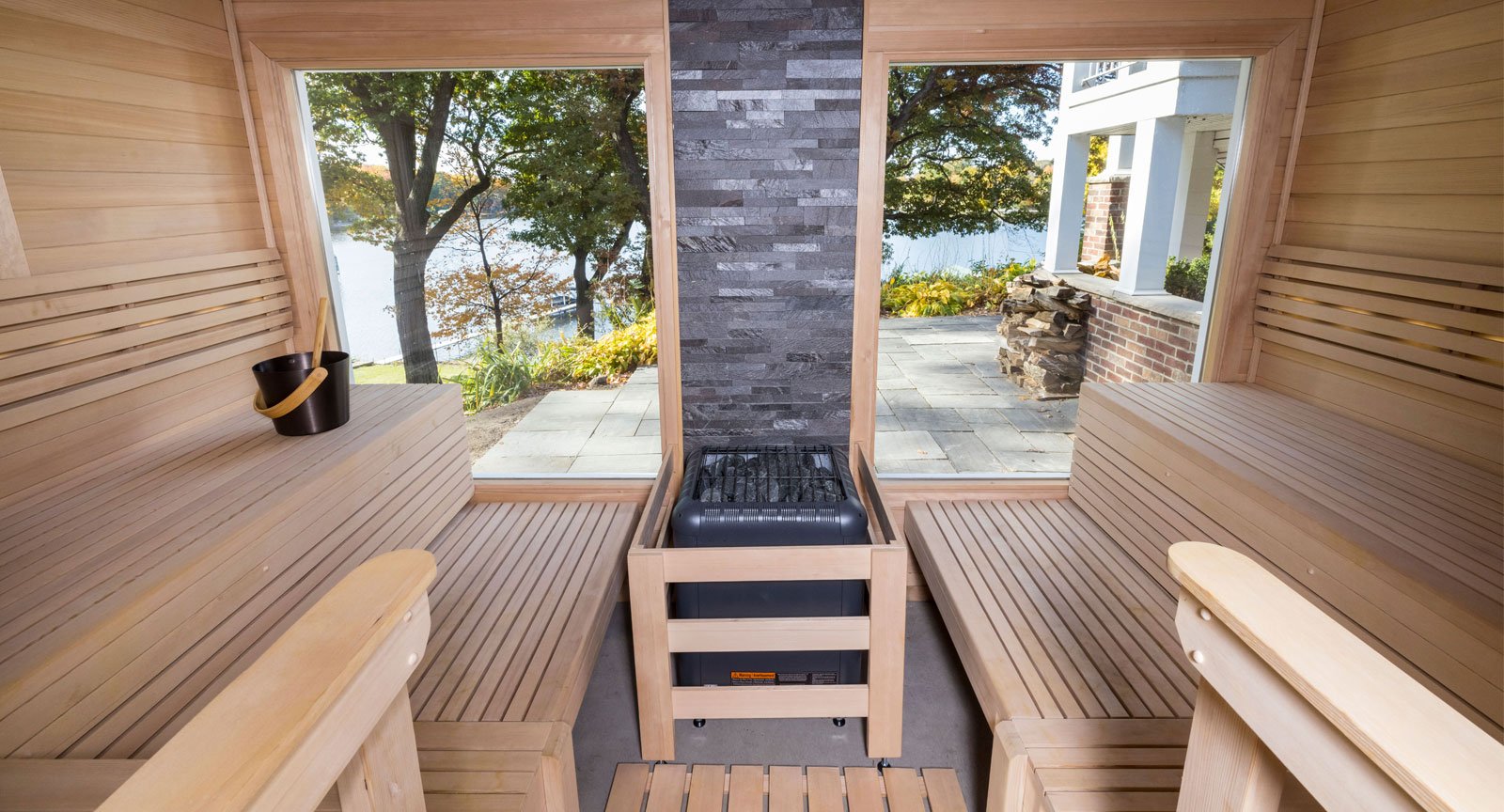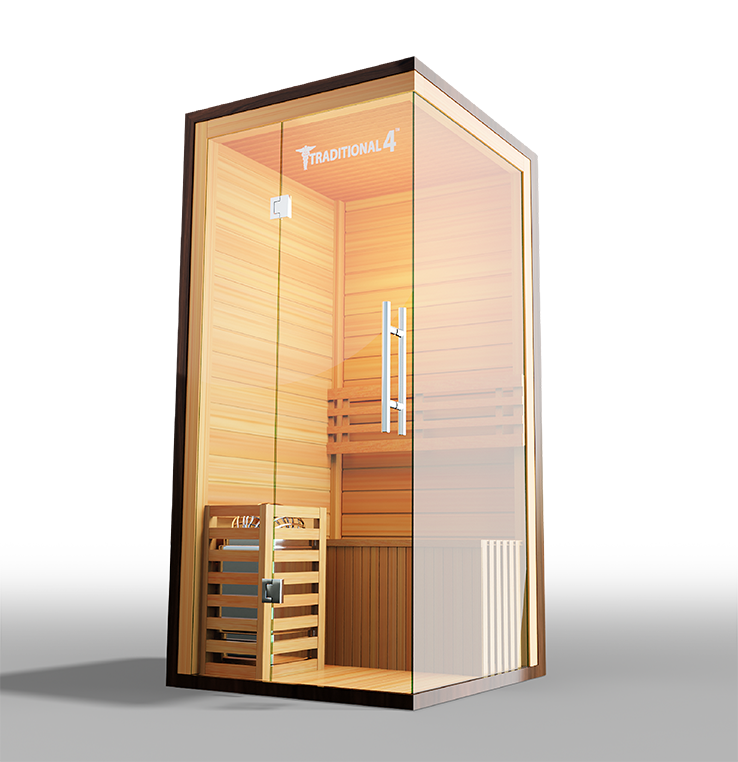The 2-Minute Rule for Traditional Sauna
The 2-Minute Rule for Traditional Sauna
Blog Article
10 Simple Techniques For Traditional Sauna
Table of ContentsThe Buzz on Traditional SaunaSome Known Details About Traditional Sauna How Traditional Sauna can Save You Time, Stress, and Money.Not known Details About Traditional Sauna 8 Easy Facts About Traditional Sauna Explained
Many of the weight shed in a sauna is water loss and is re-gained upon rehydrating. Without an uncertainty sauna can be a crucial part of a healthy weight loss program. To take a look at the differences in between typical and IR saunas, I will certainly divide these right into proven, theoretical, and fabricated distinctions.Thus, the best point in the saunawhich goes to the ceiling directly over the sauna heateris normally between 185 and 190 F. Claims that a typical sauna goes beyond 200 F is just not real and not suitable for electrical saunas offered in the United States. The temperature for a far-infrared sauna is generally set in between 120 and 140 F; however, unlike the typical sauna, the goal in and IR space is not to achieve a high temperature level.
Due to this, the temperature level distinction is practically unnecessary, because extreme sweating leads to both sauna types, however the approach of heating up the body is various. In an IR sauna the bather will feel hot and will sweat a lot, however at much lower temperatures (Traditional Sauna). Hence, if the objective is to spend longer durations of time in the sauna, the IR sauna is a good option
When a conventional sauna has actually been properly heated up, the sauna walls are warm, the air temperature level has actually achieved set temperature and the rocks are extremely heated. As an intriguing side note, the warmed walls and the rocks are giving off far-infrared heat, integrated with the warmed air, to produce an "enveloping warmth".
The Definitive Guide for Traditional Sauna

When the high temperature level is attained, the aspects cycle on and off to preserve the high temperature. Most traditional sauna customers delight in putting water over the rocks to develop heavy steam to raise sauna moisture levels. The benefits of putting water over the rocks include: making the room extra comfy, moistening the nasal passages, and permitting the usage of aromatherapy by mixing vital oils with the water.

When the power enters the body, it creates the body temperature to enhance and ultimately results in perspiration. In an infrared sauna it is necessary for the emitters/heaters to stay on virtually regularly. Considering that there is no mass of rocks to retain warm, the sauna will cool if the emitters closed off.
As mentioned above, the sauna bather in an infrared area wants to place himself before operating emitters to obtain maximum gain from the heat. The home heating time for both areas can be very different, relying on exactly how the spaces are made use of. For a conventional sauna, a bather should enable 30-40 mins for the area to achieve a preferred temperature and to effectively pre-heat the rocks.
The 10-Minute Rule for Traditional Sauna
A well created sauna will generally achieve a temperature of 150-160 F in about 30-40 mins. For hotter temperatures, the space might require to warmth for a longer period.

Standard saunas often tend to be bigger (therefore utilize even more power) than infrared saunas, although typical saunas are definitely offered in one and two person sizes too. For a two-person standard sauna, 5x6 or 5x7 size is most popular. The leading bench can easily seat 2 or three people and is additionally enough time to relax throughout the sauna session.
About Traditional Sauna
The typical expense per kWH of power in the united state is approximately $0.11, so a 4.5 kW heater will cost approximately $.50 to run for one hour, if the heater runs constantly for one hour. Typically a sauna heater will run for 75% of the first hour and 50% of subsequent hours on since the aspects cycle once the set temperature level is achieved.

There is a hardly ever gone over difference in the social experience between the 2 spaces. While our culture has actually shed a few of the social benefit of the traditional sauna experience, it can be really socially fulfilling (Traditional Sauna). From family members time in the sauna, to heart-felt discussions with better halves, to sauna partiesthe typical see this sauna experience can bring about intimate mingling
The Definitive Guide to Traditional Sauna
Most greater end infrared spaces include tinted light therapy, noise systems and full-glass fronts.
Report this page